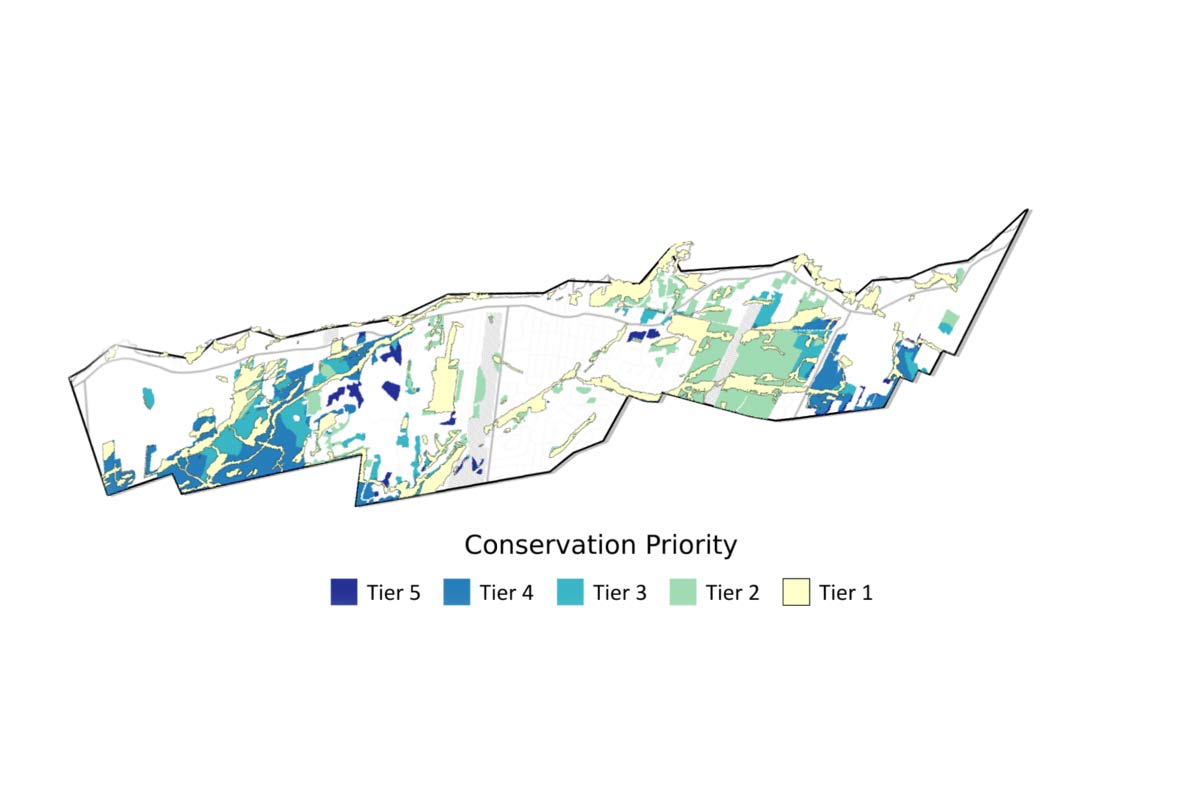The town of Hudson has undergone a significant development freeze in order to prioritize the protection of its natural areas. The newly elected Hudson Town Council has implemented a 90-day plan to establish a comprehensive conservation strategy. This article delves into the details of the freeze, the Interim Control Resolution (ICR), and the potential impact on property owners and ongoing projects.
Temporary Ban on Development
The town of Hudson has imposed a temporary ban on all new construction, cadastral operation requests, and tree cutting within identified wetlands and woodlands of interest. This freeze affects areas such as Sandy Beach and Willowbrook, as well as numerous other properties in town. The objective is to ensure that no cutting or construction activities occur while the council finalizes the conservation plan.
Interim Control Resolution (ICR)
During the public council meeting on Monday, December 6, the Interim Control Resolution (ICR) was presented. This resolution outlines minor exceptions to the freeze but effectively prohibits any new development for the next three months. Additionally, the council has tabled a proposed by-law aimed at meeting their regional obligations for protecting natural areas defined by previous studies. The ICR acts as a safeguard to prevent the initiation of cutting or construction until the conservation plan is completed.
Addressing Concerns and Legal Actions
During the meeting, concerns were raised regarding the potential impact of the freeze on new landowners. Youri Rodrigue, a resident and real estate broker, questioned whether consideration had been given to families who had acquired properties in good faith and were now uncertain about their plans. Rodrigue also expressed concern about previous legal actions where taxpayers’ money was spent defending unsuccessful lawsuits against specific construction projects, fearing a similar outcome with ongoing developments.
The freeze on new development extends to properties surrounding the recently built road in the planned Willowbrook development and any other land falling within the areas identified in a five-tiered conservation priorities map. This map is based on studies conducted since 2007, including the town-ordered Eco2Urb ecology report from 2020. While the freeze is temporary, its purpose is to provide the council with sufficient time to complete a comprehensive conservation plan that will guide future development.
Mayor’s Response and Environmental Measures
Mayor Chloe Hutchison addressed the concerns raised and emphasized that the development freeze is a temporary, stopgap measure. It allows the town to review the science-based data collected over the past decade and catch up on finalizing its conservation plan. Hutchison stressed the importance of prioritizing areas with the highest environmental value and implementing modern environmental measures. She stated that the town should move away from outdated practices and incorporate recommendations from the existing reports into a comprehensive conservation plan.
Mayor Hutchison clarified that the freeze applies solely to new developments in environmentally sensitive areas. Existing homeowners seeking to carry out renovations or additions to their homes would not be impacted by the temporary ban.
Citizen-Funded Reports and Conservation Planning
Adrian Burke, a resident, urged the town council to consider a citizen-funded report that identified 29 at-risk species in the Sandy Beach area. He emphasized the need to protect the adjacent wooded area and reassured fellow residents that the town would be supported by provincial and federal governments if they chose to prioritize environmental preservation.
The delay caused by the development freeze raised concerns among prospective residents who had already purchased lots in the planned first phase of the Willowbrook development. Some expressed frustration while questioning whether the town would provide reimbursement for the purchased land.
In an interview, Mayor Hutchison acknowledged the frustrations of lot owners but pointed out that certain permits, including those for drainage and electrical lines, had not yet been issued to the developer. These permits were necessary before any construction could commence. Hutchison suggested that the developer may have sold the lots prematurely without obtaining all the required permits.
Balancing Development and Environmental Protection
Mayor Hutchison reiterated that the council’s focus is not against density or development but rather on utilizing available information to safeguard Hudson’s natural character. As environmental awareness increases and laws evolve, the town recognizes the need to modernize its tools and address the potential loss of wetlands while ensuring environmental protection for future generations.
The development freeze implemented by the Hudson Town Council demonstrates their commitment to establishing a comprehensive conservation plan. This temporary ban on new construction, cadastral operation requests, and tree-cutting aim to protect environmentally sensitive areas. While the freeze may cause inconvenience for some lot owners, it allows the council to incorporate scientific data and recommendations from previous reports into a robust conservation strategy. By modernizing its approach, the town of Hudson is actively working to preserve its natural heritage for the benefit of its residents and the environment.
